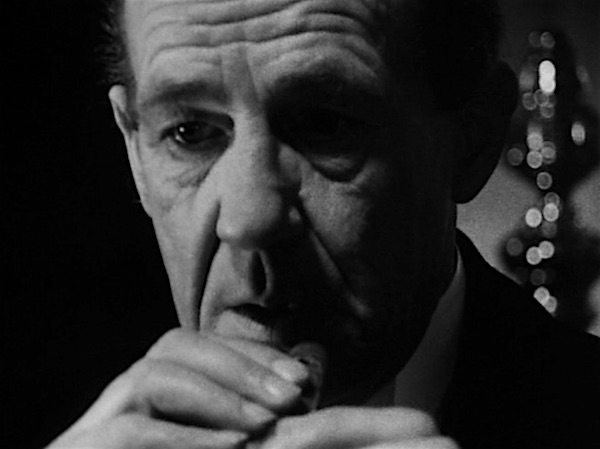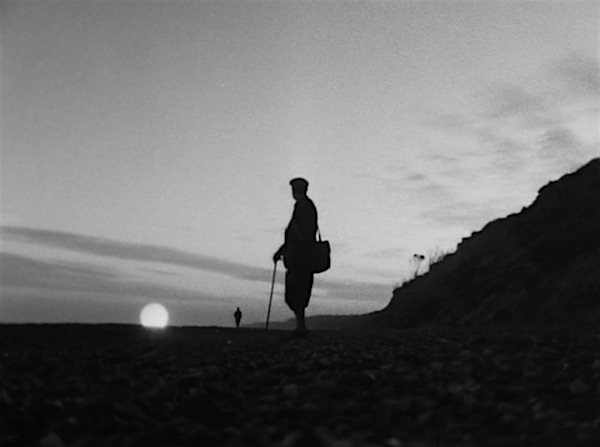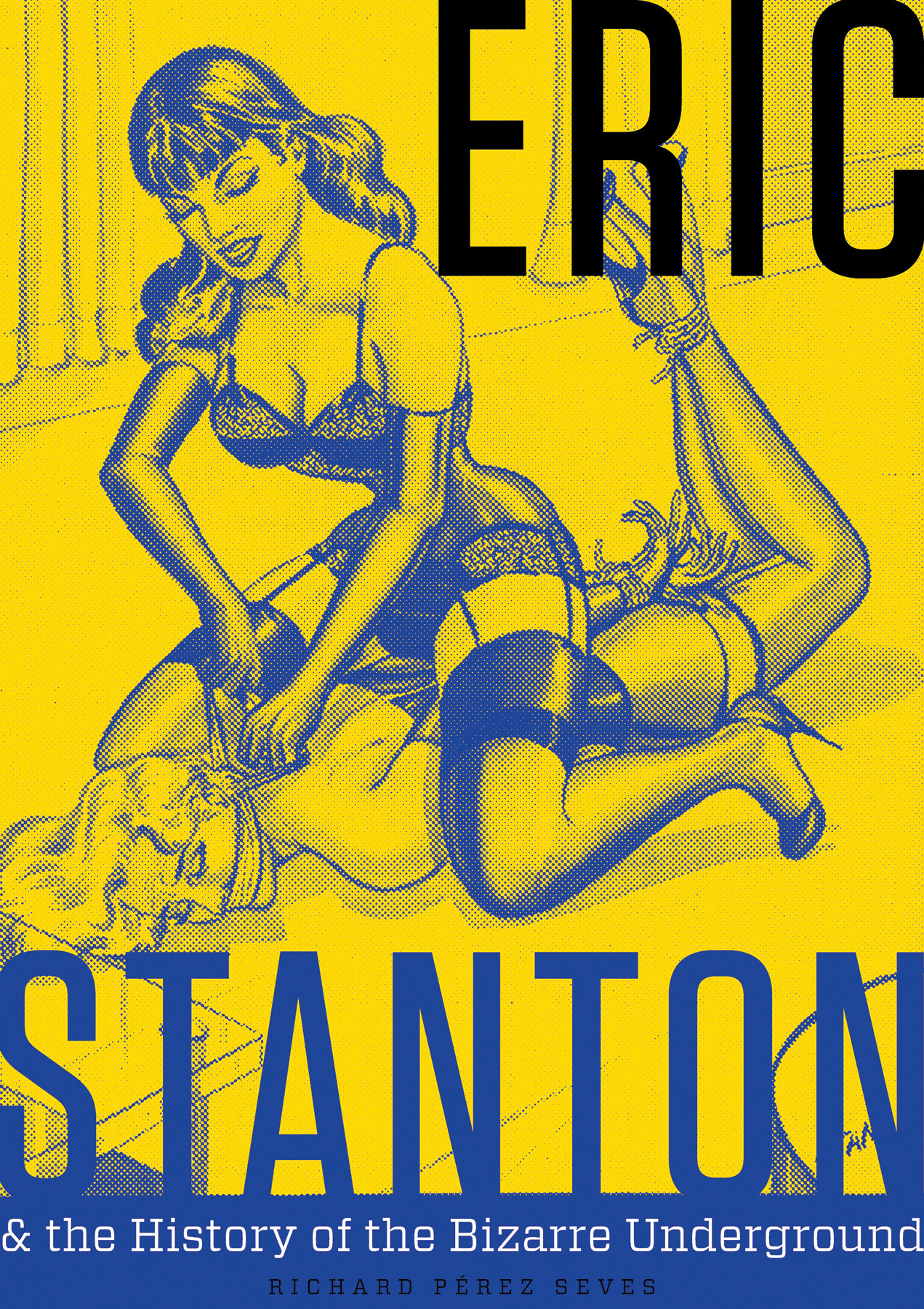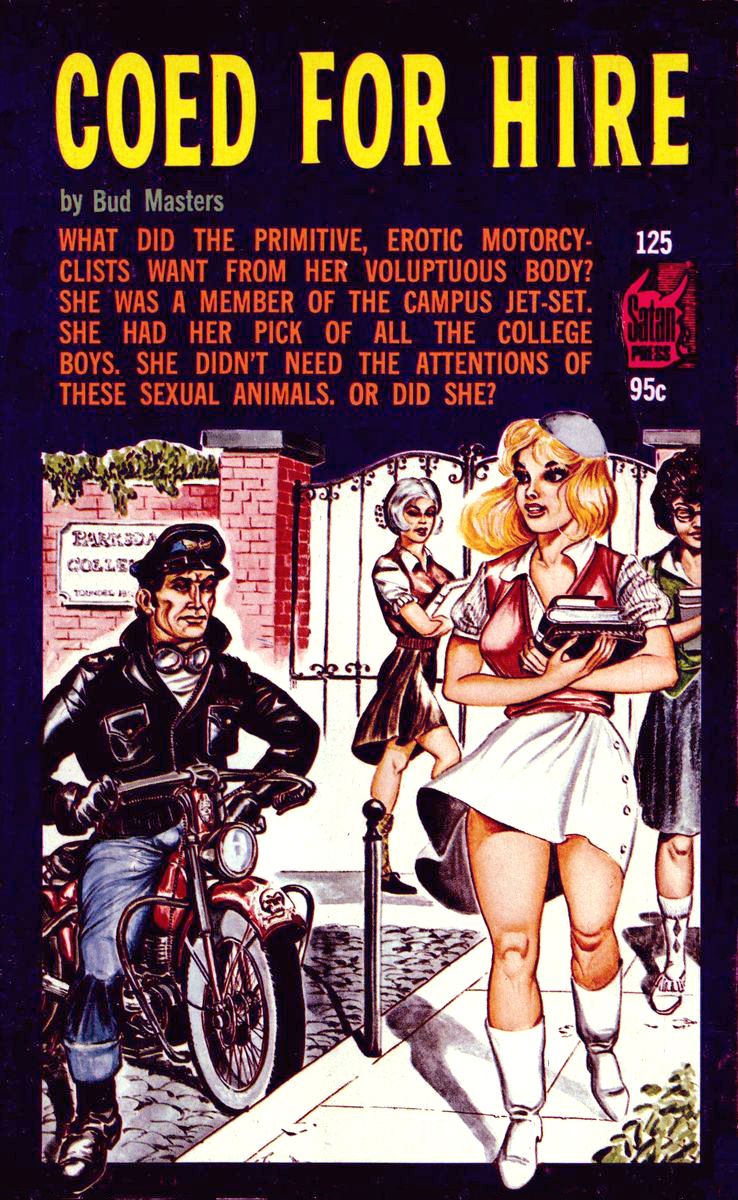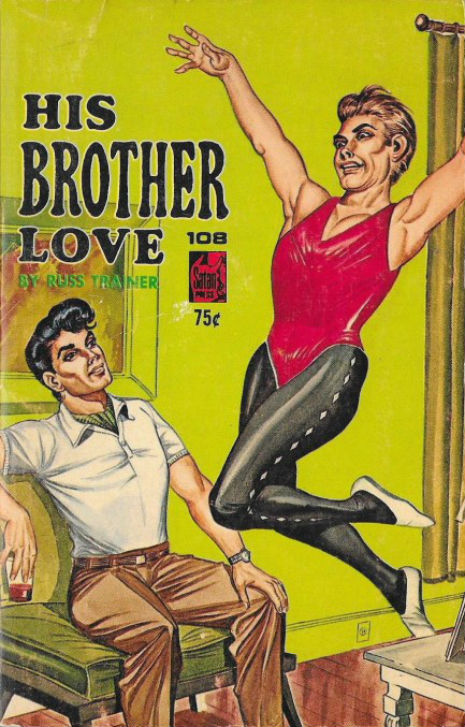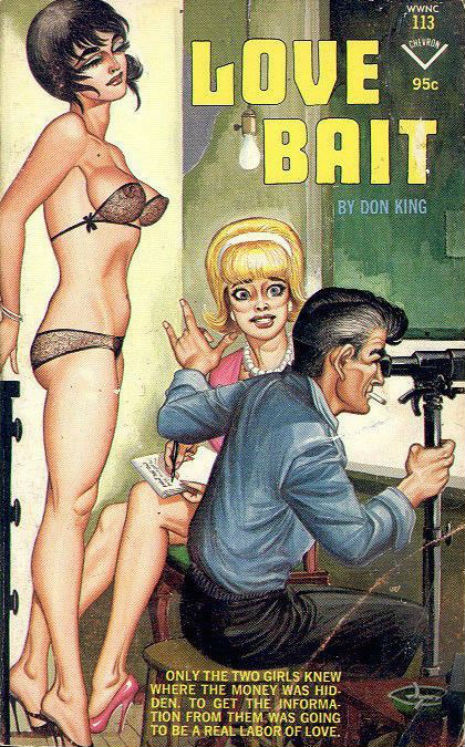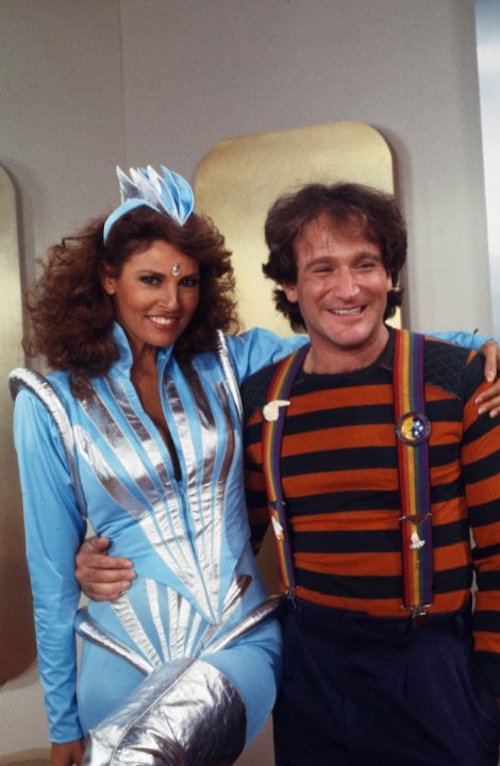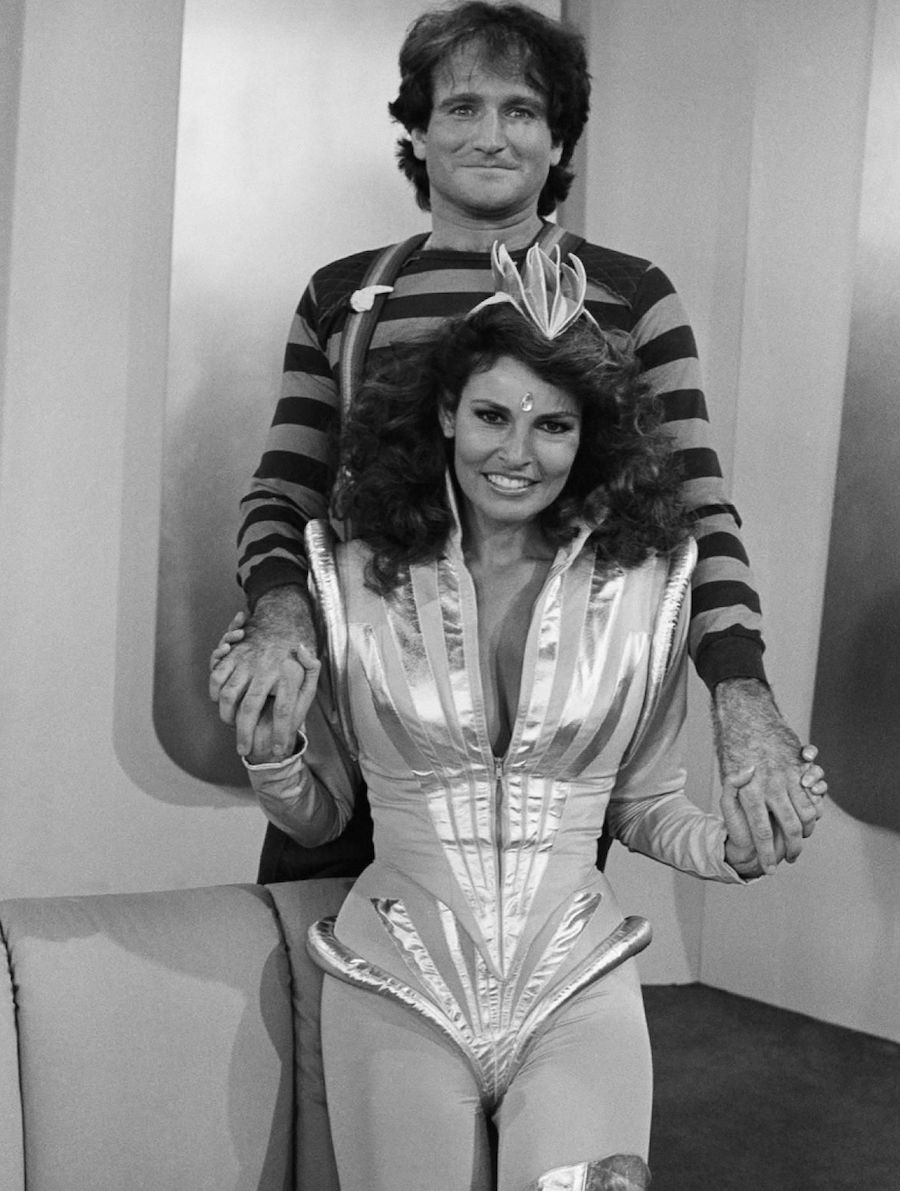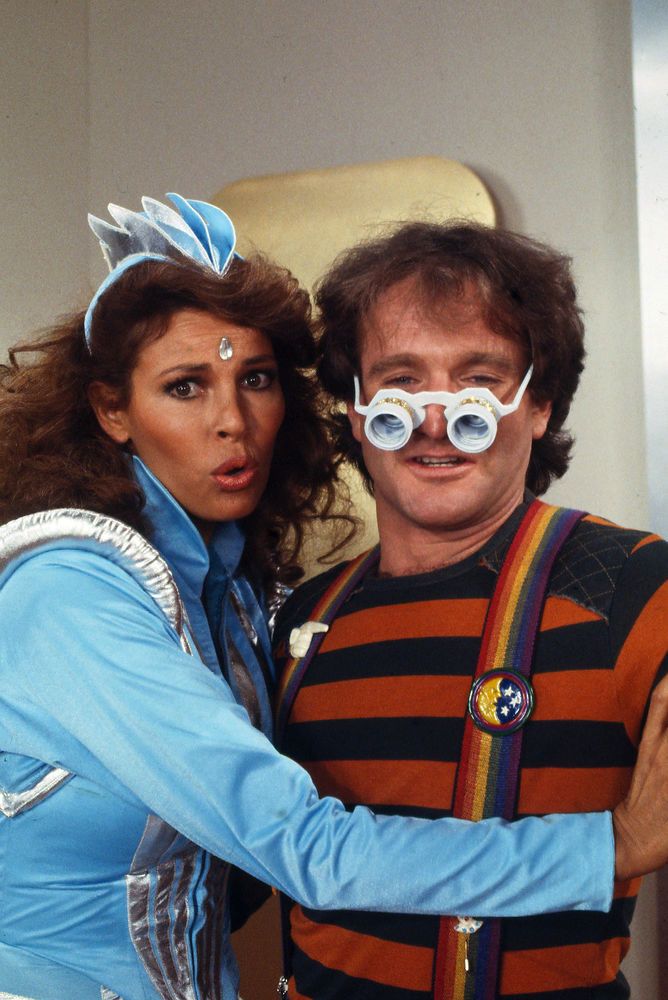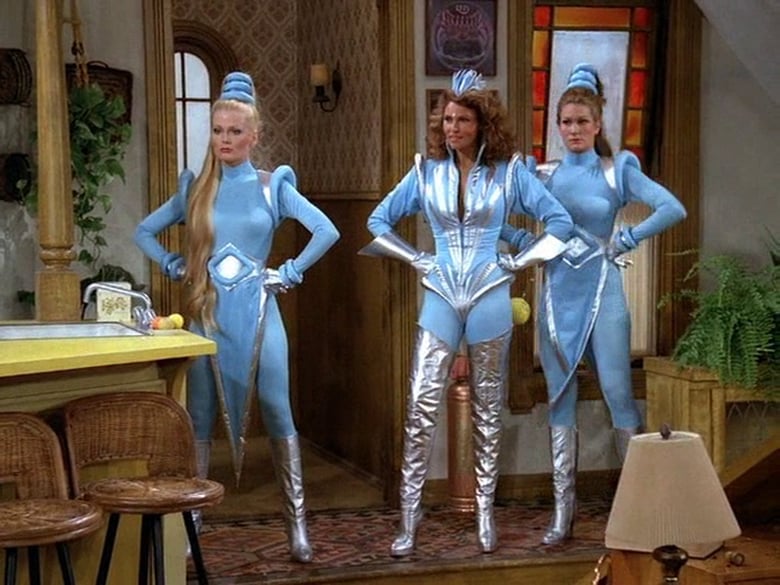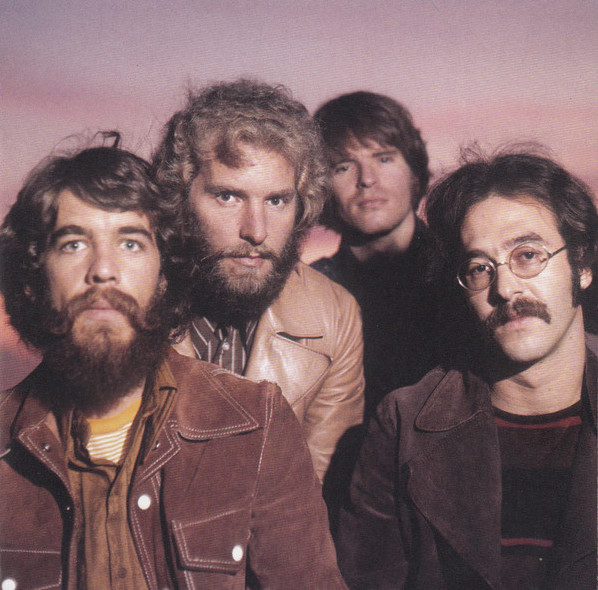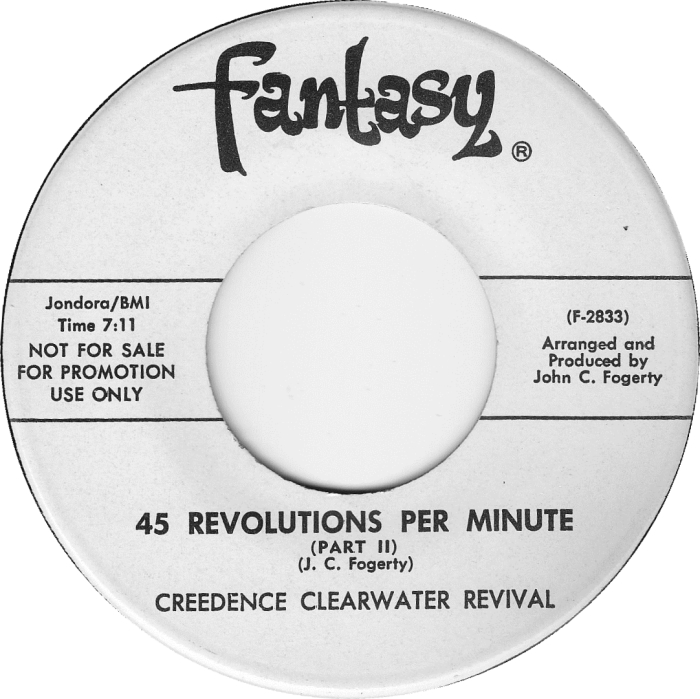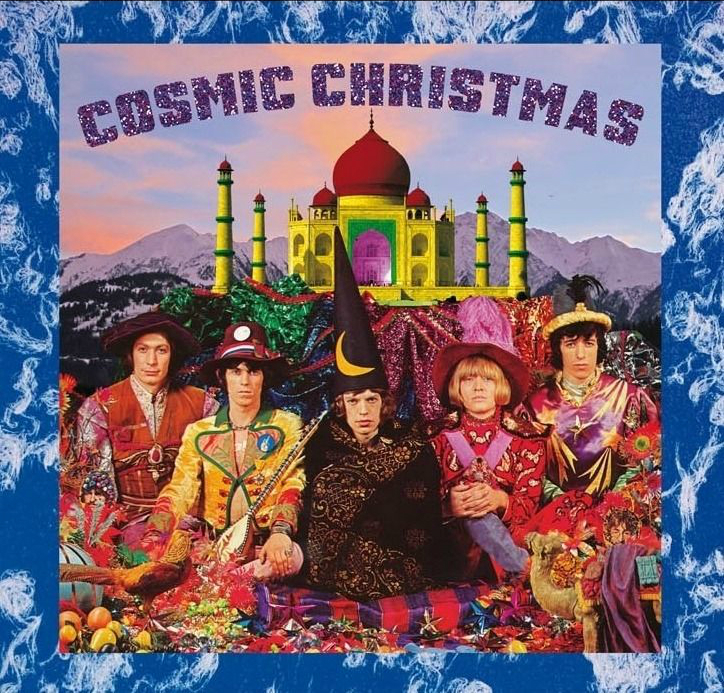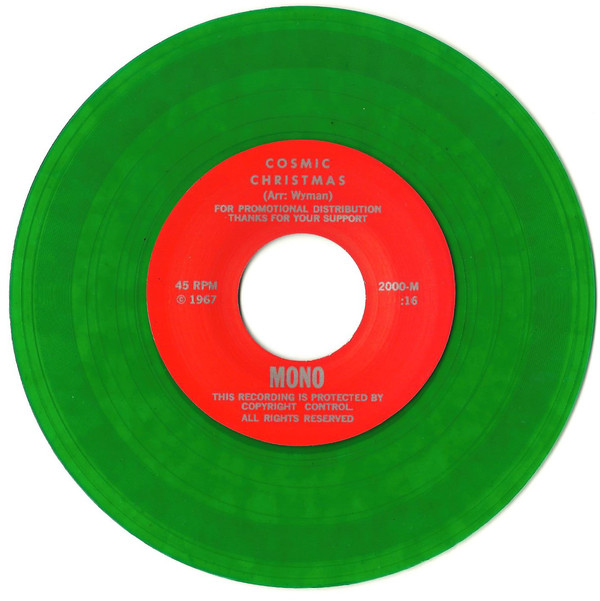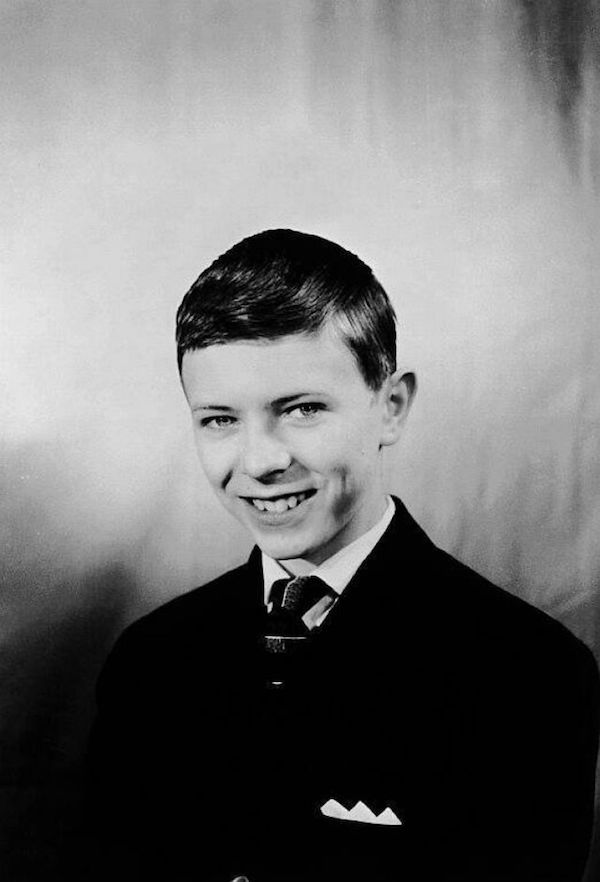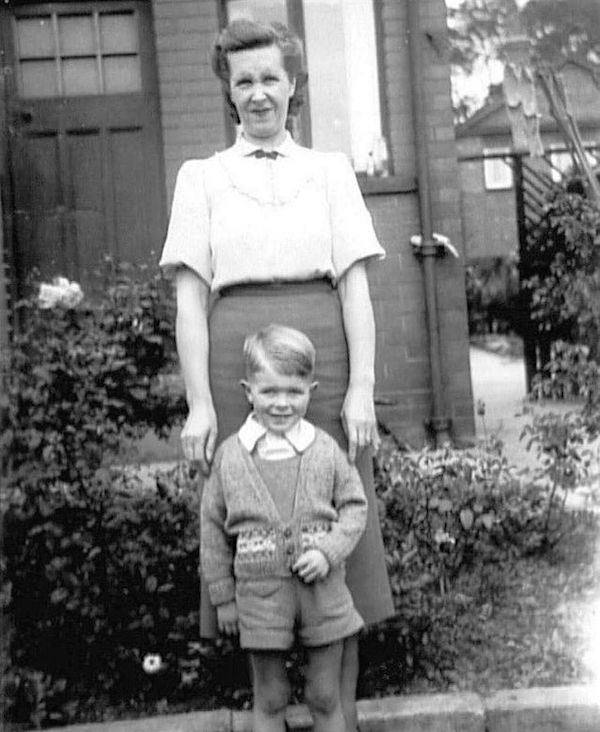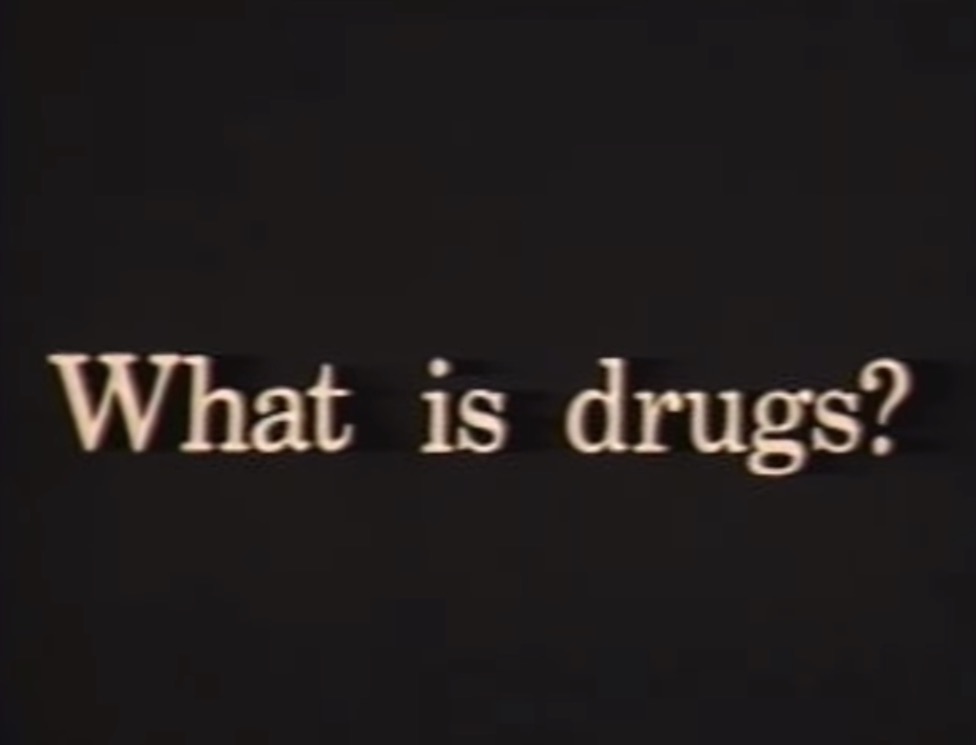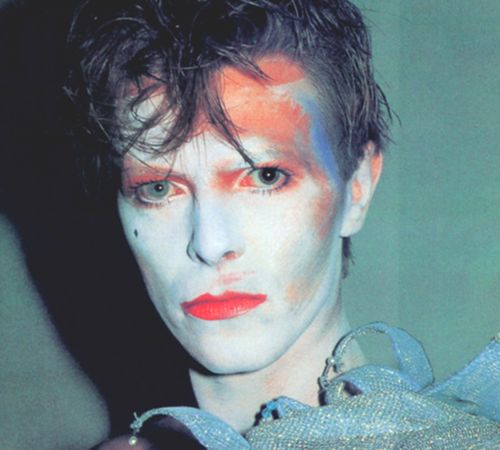
Portrait by Laurie Griffiths
Graham Duff is a music obsessive and prolific writer. His TV series include Ideal, The Nightmare Worlds of H.G. Wells, Hebburn and Dr. Terrible’s House of Horrible, plus the radio shows Nebulous, Count Arthur Strong’s Radio Show, Stereonation and the forthcoming The Absence of Normal. He has his own on line music show Graham Duff’s Mixtape and his book Foreground Music is being published in the autumn by Strange Attractor. Here are Graham’s picks for the best albums of 2018:
20. CRAYOLA LECTERN – Happy Endings
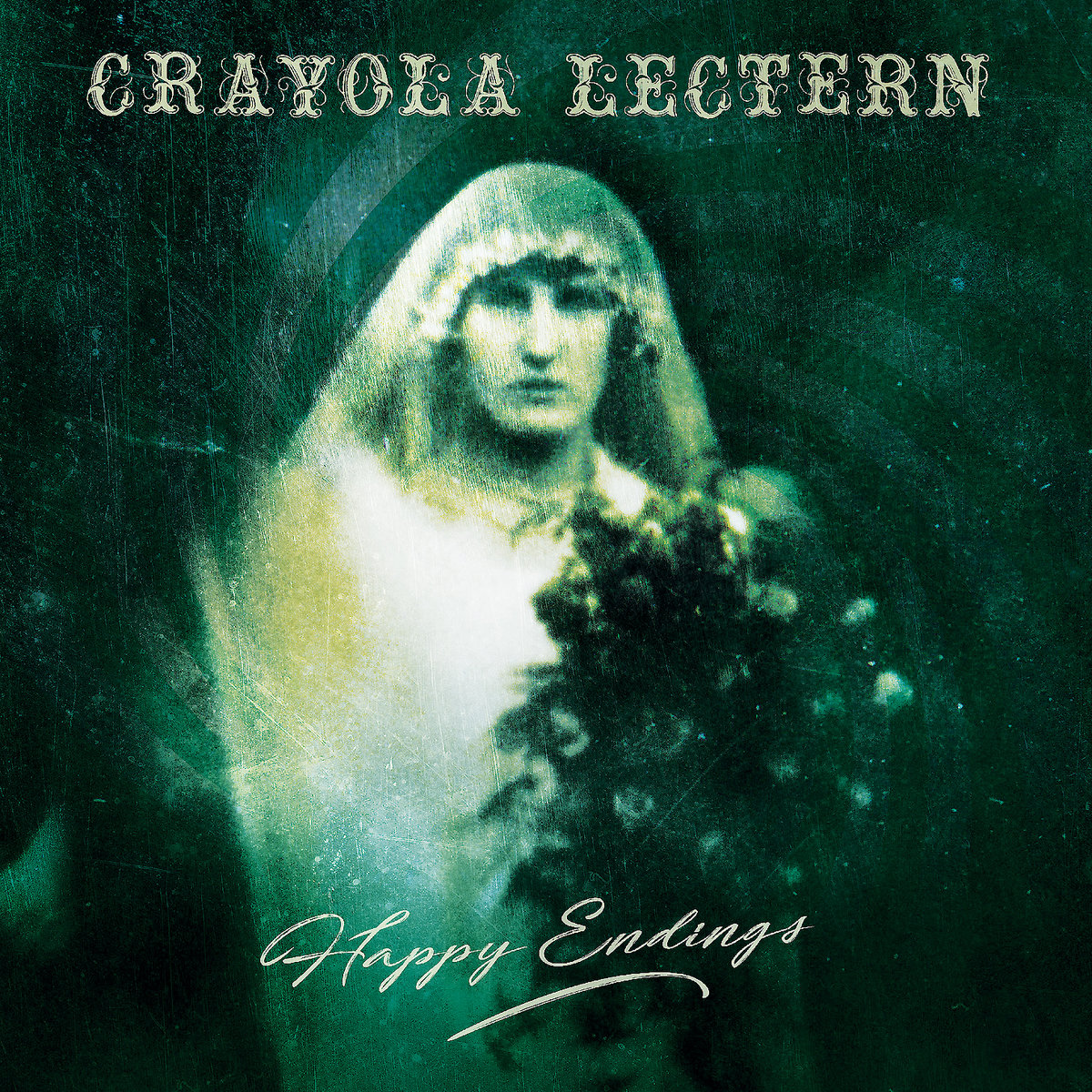
Sometimes melancholic, sometimes brimming with love,, Happy Endings is a tender and ambitious collection. Opener “Rescue Mission” sets the tone with its sky bound melody underpinned by Chris Anderson’s thoughtful piano work and keening vocal. Elsewhere, “Barbara’s Persecution Complex” is like a silent film musical soundtrack in miniature, whilst the goosebump inducing “Submarine” recalls Roxy Music circa Siren. Giant Moon Up in the Sky takes things in a more folk-rock (or should that be folk horror?) direction. If you’re a fan of Matching Mole, early Eno or late Cardiacs, this is an album that could easily touch your heart.
19. VESSEL – Queen of Golden Dogs

The previous album from Vessel (aka Sebastian Gainsborough) was 2014’s Punish Honey, which mixed an open-ended approach to techno with the celestial strangeness of Coil. Queen of Golden Dogs is something completely different. These pieces largely jettison the beats of previous recordings, in favor of a curiously fashioned chamber music. The album still features Gainsborough’s haunted and occasionally manic electronics, but also foregrounds string arrangements and choral movements. The decorous and courtly “Arcanum For Christalla,” or the largely vocal “Torno-me eles e nau-eu For Remedios” could be the soundtrack to an off-kilter 18th century drama. A unique release.
18. CLOUD – Plays With Fire

Tyler Taormina’s Long Island-based ensemble has returned with a wide angled album that takes in a range of textures. The opening “Happer’s Laugh” sounds like a stripped back Spiritualized circa Laser Guided Melodies, all slow waves of distortion and bright arpeggios. At the other end of the spectrum, “Two Hands Bound” is an upbeat pop tune about being trapped in a job you hate. There is a wonderful balance of sadness and optimism throughout the album and Taormina’s innate sense of taste means both the song’s arrangements and their sequencing combine to make up a classic collection.
17. MAP 71 – Void Axis

Brighton-based Map 71 is Andy Pyne on synths, programming and live drums, with spoken words from Lisa Jayne. Jayne’s unaffected delivery is never less than compelling and on pieces such as “The Prefab” she describes scenarios in a prose that is paired down yet extremely vivid. Pyne’s production has a real immediacy, and on “The Future Edge,” he seems to have constructed a compulsive rhythmic loop from a live jack plug being tapped. But the highlight is “Nuclear Landscapes” where Jayne’s calm, near whispered vocal rides over rolling, tribal floor toms, pierced with darts of splintering electricity.
16. HOLON – Disruptive Technology

Based in Ontario Canada, Holon has been releasing warm melodic electronica since the turn of the century, and with Disruptive Technology, he presents his best set yet. The whole album is very much of one mood, laying rich, propulsive synth lines over craftily programmed beats to create a sound that draws on electronic music’s past as much as its future. “Connection Severed” is constantly unspooling melody evinces a strong emotive tug, whilst “Whatever The Future Holds” strikes an autumnal tone, as sheets of detuned noise are studded with bright percussive beads. If you think electronic music lacks emotion, this album could persuade you otherwise.
15. JUST MUSTARD – Wednesday
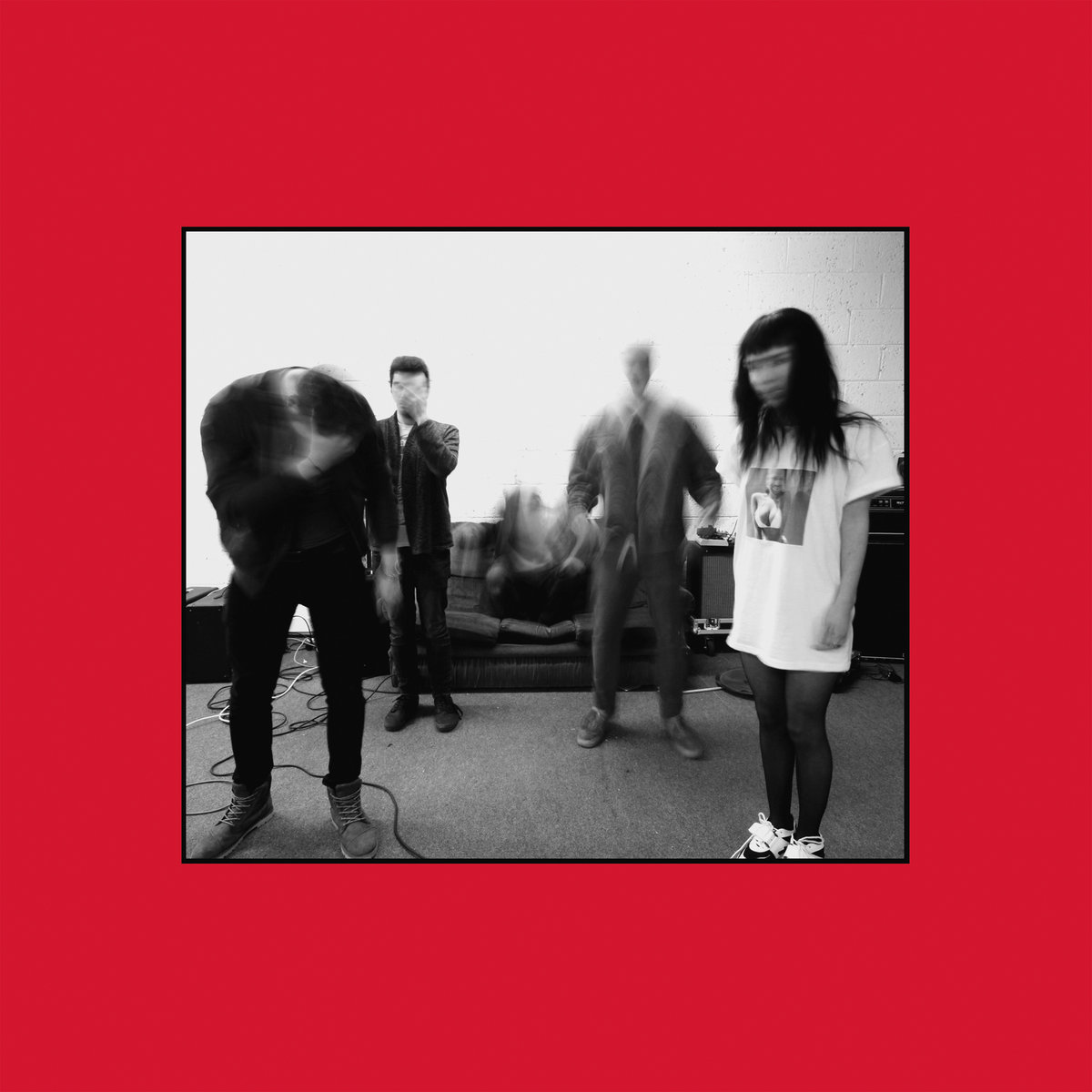
Hailing from Dundalk in Ireland, the oddly named Just Mustard have a sound that is big, bold and dramatic. There’s more than a hint of shoegaze about their music, with guitars used as much to create atmospheric textures as they are to carve out riffs. But there are other influences at play here. Album opener “Boo” sounds like Killing Joke reimagined by Massive Attack. “Tennis” is a creaking narcotic haze, with airy female vocals floating above the spacious soundscape, whilst the highlight may well be “Pigs” which suggests the grandeur of early Seefeel with its uneasy tones and throbbing bass line.
14. CHEF – AC1D
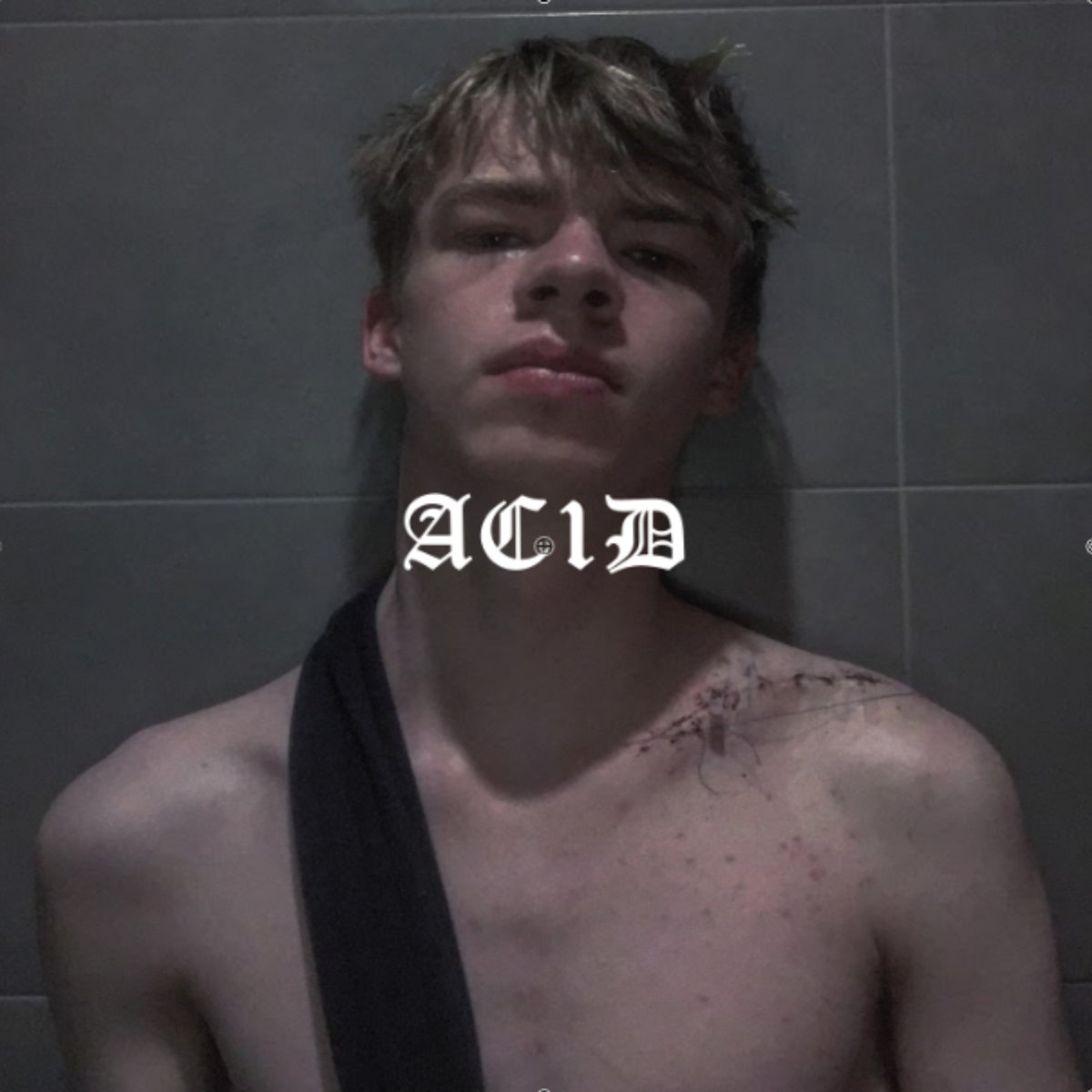
AC1D is an album of two distinct halves. The first six tracks show a firm grasp of the power of electronic minimalism. Here Chef unboxes a strain of sleek, insistent beats that recall the pure drive of early Underground Resistance. These are adorned with the kind of bubbling 303 acid lines that can only lead to the dance floor. On the title track, or the unstoppable “L1F3 15 0N1Y @ DR34M” Chef creates a sensual but hard-edged vision of contemporary acid house. The closing four tracks have a gentler, breezier tone, as if to soundtrack a chill out session following the excesses of the acid drenched first half. But by then Chef has earned the right to change the recipe as he sees fit.
13. IMMERSION – Sleepless

Whilst warmly percolating analogue synths are still at the heart of Immersion’s sound, Sleepless sees the duo broadening their sonic pallet to encompass, guitars, drums and bass as well as a guest appearance from Matt Schultz of Holy Fuck. “Off Grid” kicks off with the infectious sound of a four-string tenor guitar, but it’s soon joined by flickering synths and one of Malka Spigel’s characteristically spacious bass lines. “Manic Toys” is a distinctly up-tempo track that comes across as some kind of weird deep space hoe-down. For a duo who once titled an album Low Impact, this is most definitely Immersion in high impact mode.
12. LINGUA NADA – Snuff

Here’s a band that appears to triangulate their sound using post-hardcore, experimental rock and some kind of fragmented bubblegum pop. There’s a Beefheartian glee to some of the sudden and unexpected changes in time signature in this Leipzig band’s music, and it has to be said, their arrangements are pin sharp. There’s also an eagerness to frequently change texture and tone. By the end of opening track “Svrf Party,” the band have already gone through enough ideas for a whole album. On “Cyanide Soda,” they take their guitar heavy sound through a series of evolutions that most bands couldn’t begin to navigate, ending unexpectedly with a mid 80’s synth disco groove.
11. WE ARE THE CITY – At Night

This is an album that gilds its hooks with ragged edges of dissonance. “When I Dream, I Dream of You” is a gorgeous construction, wherein an aching vocal melody balances atop a heavily phasing and flanging drum loop. At the other end of the scale, “Peachland At Midnight” is a gauzy instrumental with a skeletal piano line walking through a landscape of faint and fluttering synth noises. Meanwhile, the closing “To Get It Right You Have To Get It Wrong Sometimes” sees We the City marrying both approaches. At Night isn’t an easily pigeon-holed suite of songs, and its greatest strength may well lie in the band’s willingness to embrace imperfections.
10. KING OF THE RING 1998 – Beardless Youth

These recordings could easily be labeled as experiments in tape and sound manipulation, thus relegating them to being of only minority interest. Yet KOTR1998 has created an album rich in soul and warmth. “Fear Itself” is an emotional joy ride featuring a sweetly shuddering tape melody, “Neon Narcissist” is a constantly tumbling cluster of lo-fi sound fragments, whilst “Drowning” sounds like a half-speed lounge singer being slowly submerged in a strange sonic swamp—but the end result is oddly moving. This will not please everybody, but for those willing to surrender themselves to KOTR1998’s unusual soundworld, the rewards are substantial.
9. SOPHIE STRAUSS – Hard Study

A follow up to Strauss’ luscious 2015 debut Yeah No Fine, this short, sweet album shows distinct advances not only in her songwriting but also in her arrangements. As ever, Strauss’ lyrics largely focus on communication, or the lack of it within romantic relationships. “Joan of Arc” is a sparkling shiver of a song, whereas “Text” is languid and listless, shimmering with unresolved sexual tension. But the album’s centerpiece is “Aphids.” With its gently nagging melody and its chorus of “He hit me, and it felt like shit,” it’s one of the year’s best songs. Strauss’ work is subtle and intimate and demands repeated listening.
8. JOBS – Log on For The Free Chance To Log on For Free

Boasting the year’s best album title, this is a debut set that cares little for categorization or trends. Their sound changes throughout the album and sometimes throughout individual tracks.The song “Lover,” with its brooding atmosphere and dark chords, could have been plucked from Scott Walker’s Tilt or Drift, whilst “Come to Take” has something of the busy, criss-crossing guitar lines of Dutch Uncles. Meanwhile, “Hardwood” sounds like a band sliding back and forth across the deck of a listing ship. Yet in spite of these various flavors, what emerges is an album with its own strong and confident identity.
7. CHRIS CARTER – Chemistry Lessons Vol.1
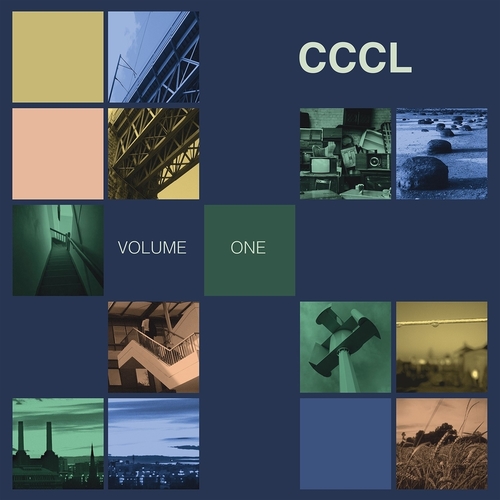
Carter has always been a genuinely industrious artist. In recent years, aside from tending to Throbbing Gristle’s back catalog, he’s co-created albums and performances with CarterTuttiVoid and provided classy remixes for numerous other artists. Now, nineteen long years since his last solo album, Carter serves up no less than 23 tracks, that prove when it comes to electronic music, few come close to his mastery. “Gradients” is a foggy miasma of slowly snaking tones, whilst “Xmer48” combines depth charge bass notes with heavily treated voices. Fragments of voice appear throughout, yet there are several points when it feels like we might be listening to a long lost recording by the BBC Radiophonic Workshop.
Much more after the jump…

